A gentle twist on the classic—this bibimbap sauce uses soy sauce as its base with just a touch of gochujang.
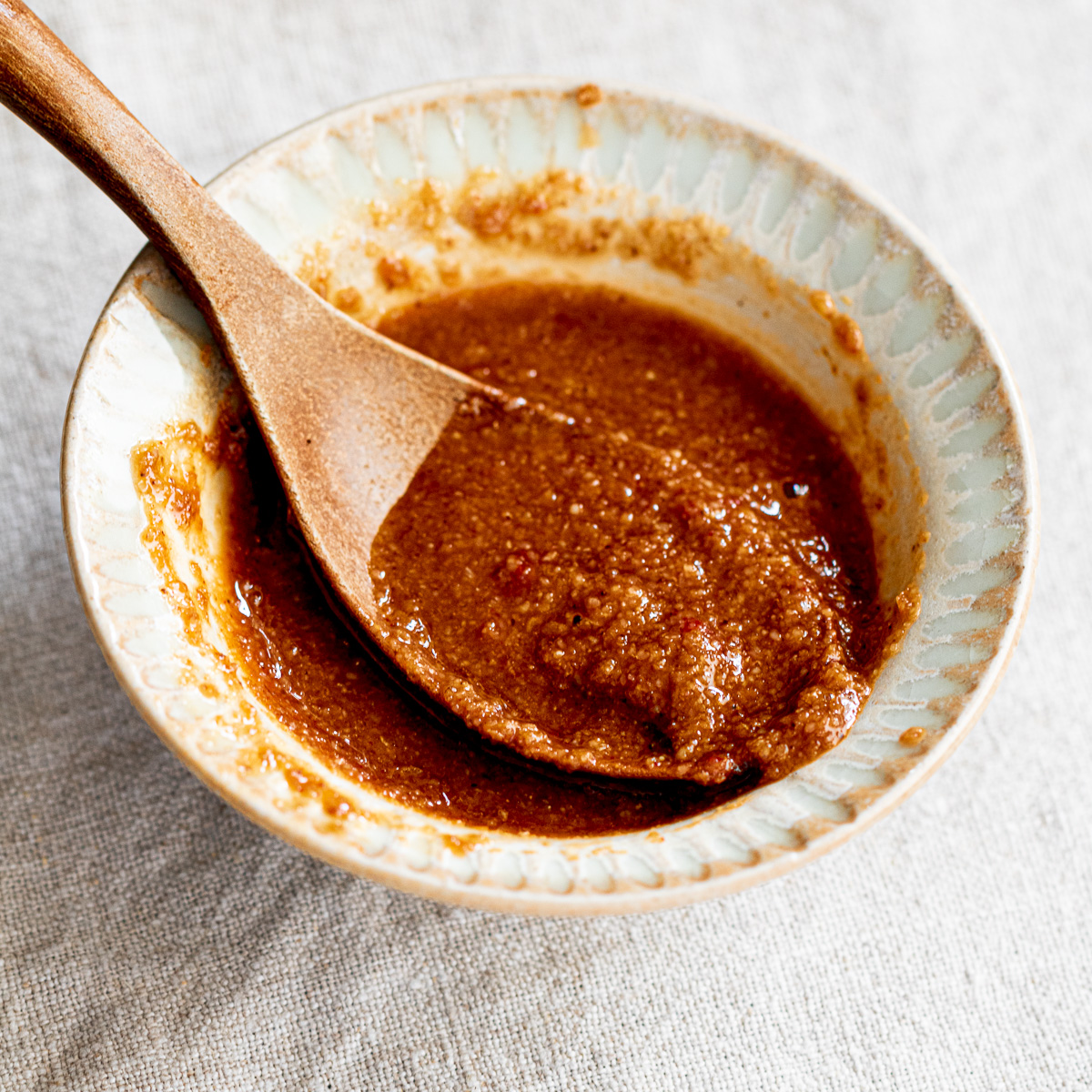
It’s less spicy than the traditional version, making it easy for kids and for anyone who prefers milder flavors. The deep umami of soy sauce pairs beautifully with rice and vegetables, while its versatility shines as a salad dressing for Korean-style salads with wakame & bean sprouts or even drizzled over chilled tofu(Korean-style tofu salad).
Jump to:
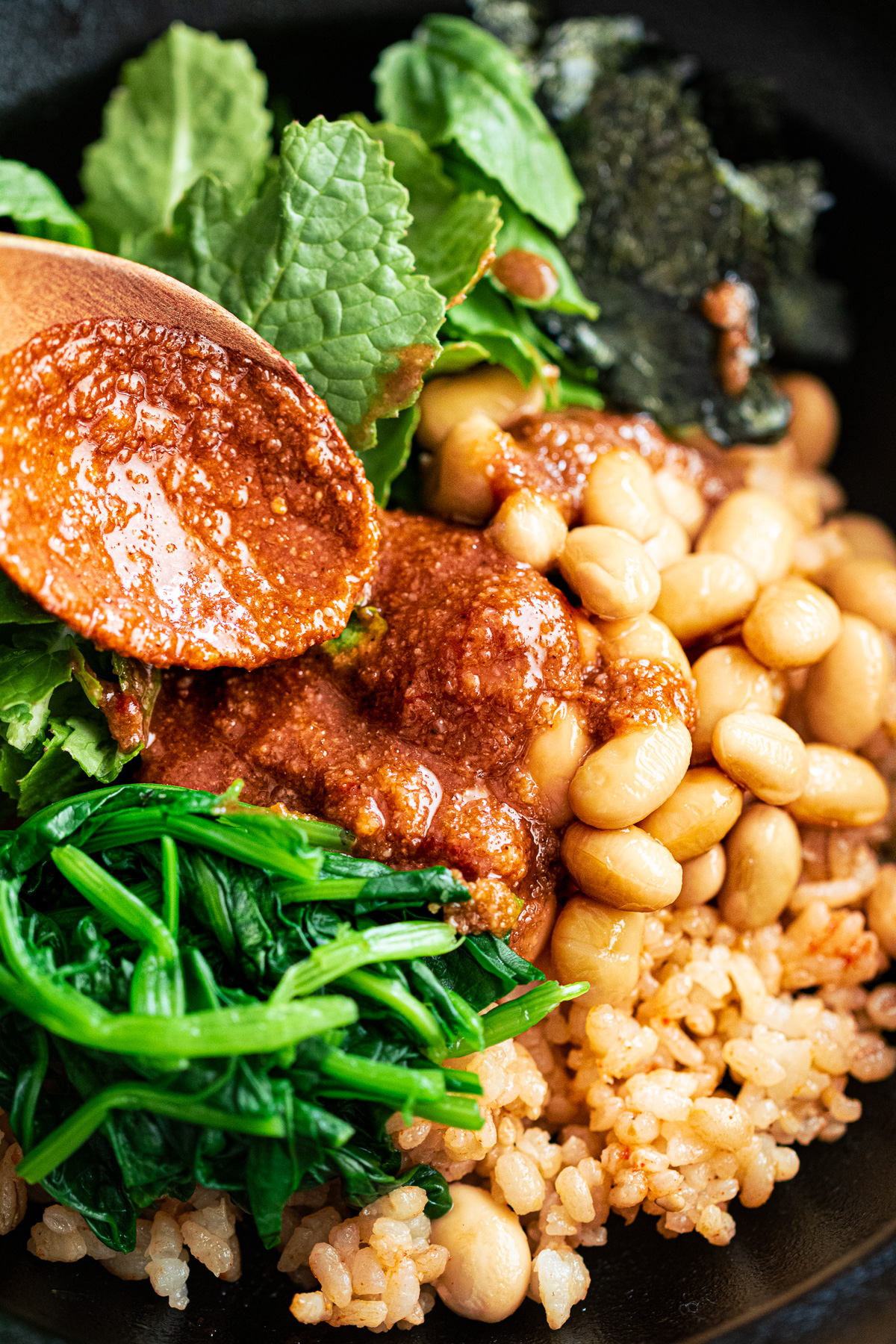
📖 Journal from the Kitchen
In Korea, the table is often filled with small side dishes—namul, kimchi, or a simple soup—that invite everyone to share. At the center, there is usually a sauce or seasoning that ties everything together.
This bibimbap sauce, with its soy-forward balance and just a touch of gochujang, feels like one of those quiet essentials. It doesn’t overwhelm; instead, it softens and unites the flavors—whether mixed into a bowl of rice and vegetables, drizzled over bean sprouts, or spooned onto chilled tofu.
It’s a sauce that carries the warmth of a shared meal, yet still fits gently into the rhythm of a single, peaceful table at home.
🌿 For those who prefer a mild, non-spicy version, try my Japanese-Style Soy Sauce Based Bibimbap Sauce recipe.
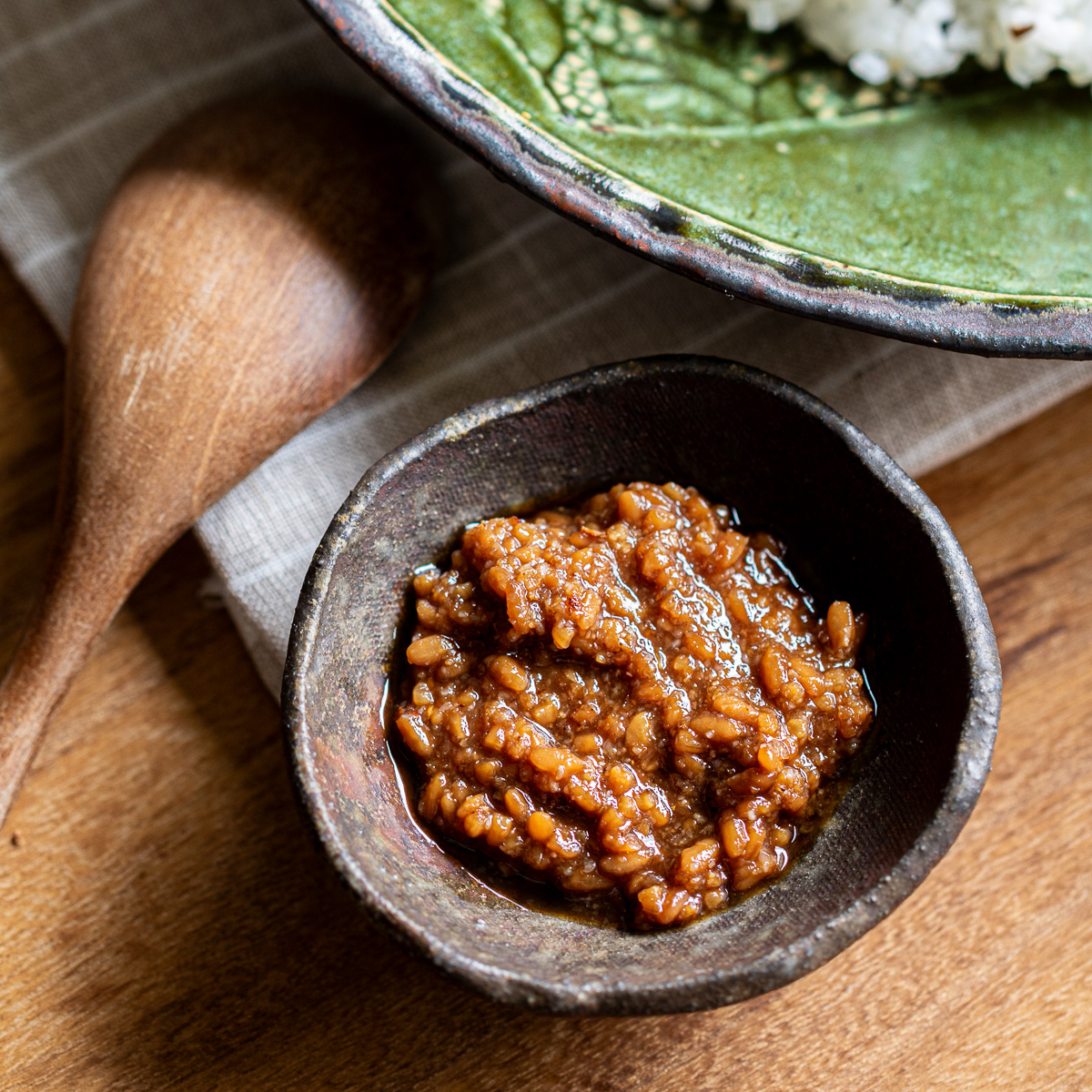
☀️ Ingredients
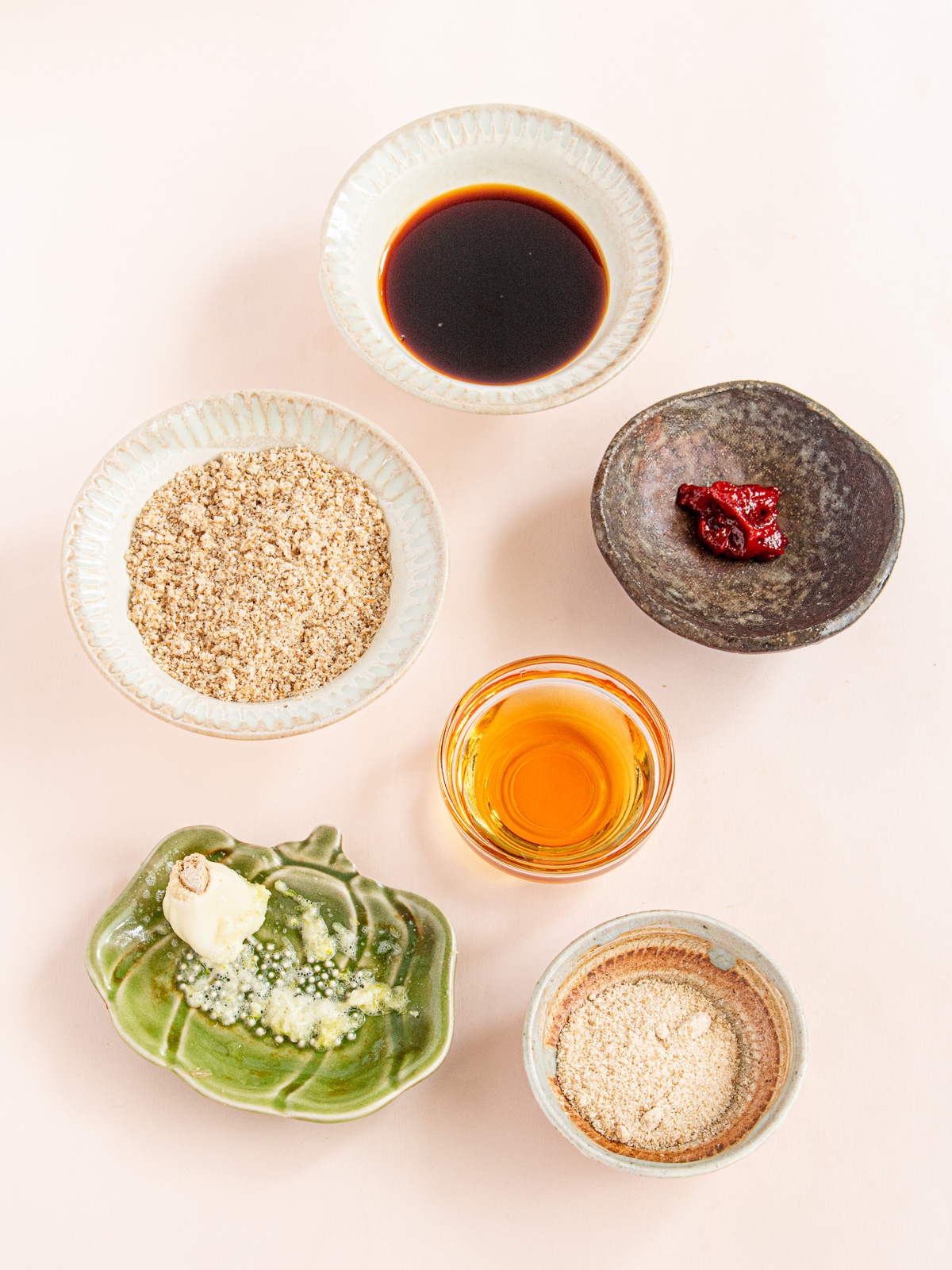
- Soy sauce — the savory base of this bibimbap sauce.
- Ground sesame seeds — adds a nutty sweetness and helps the sauce cling to rice and vegetables.
- Toasted (dark) sesame oil — for a fragrant, roasted aroma.
- Sugar — such as beet sugar or cane sugar, to balances the flavors with a touch of sweetness.
- Gochujang — I use Bibigo brand; adjust to taste.
- Grated garlic (a little, to taste) — fresh garlic works best; adjust the amount depending on its sharpness.
👒 Instructions
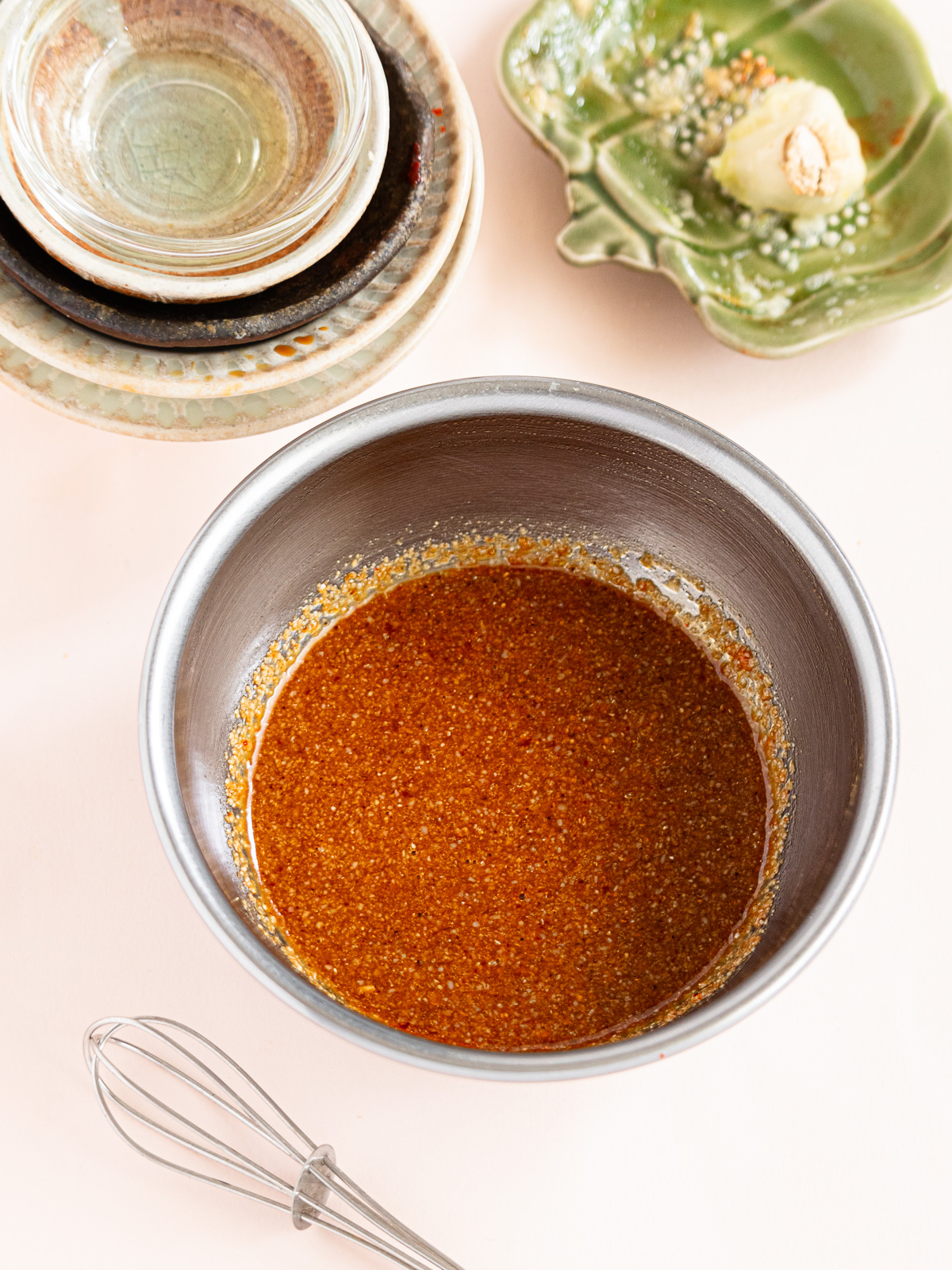
- Mix the ingredients: In a bowl, combine all the ingredients until smooth.
- Taste and adjust: Add a little more soy sauce for saltiness, ground sesame seeds or sugar for sweetness, or gochujang for extra heat, according to your preference.
🚲 How to Enjoy This Korean-Style Bibimbap Sauce
This slightly sweet and mild bibimbap sauce is surprisingly versatile. Here are a few ways I love to use it:
- Vegan Bibimbap:
Serve warm rice in a bowl and top with seasoned soy-simmered beans (like a vegan bulgogi-style), your choice of sautéed or raw vegetables, and a spoonful of this sauce. Mix well and enjoy a flavorful, balanced bibimbap.
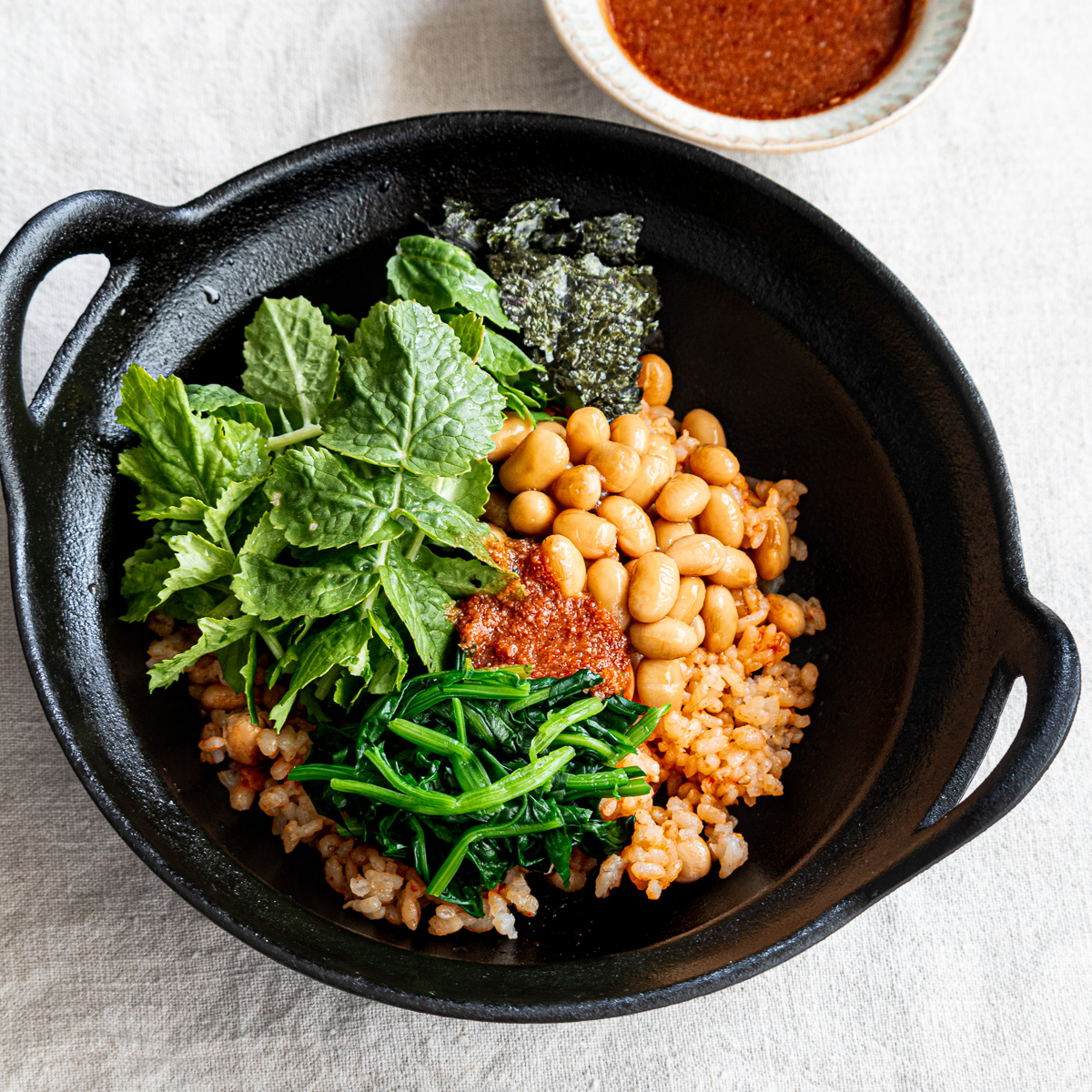
- Korean-Style Salad with Bean Sprouts and Wakame:
Toss lightly blanched bean sprouts and wakame seaweed with the sauce. The nutty, savory flavors make a refreshing and quick salad perfect for a weeknight side dish.
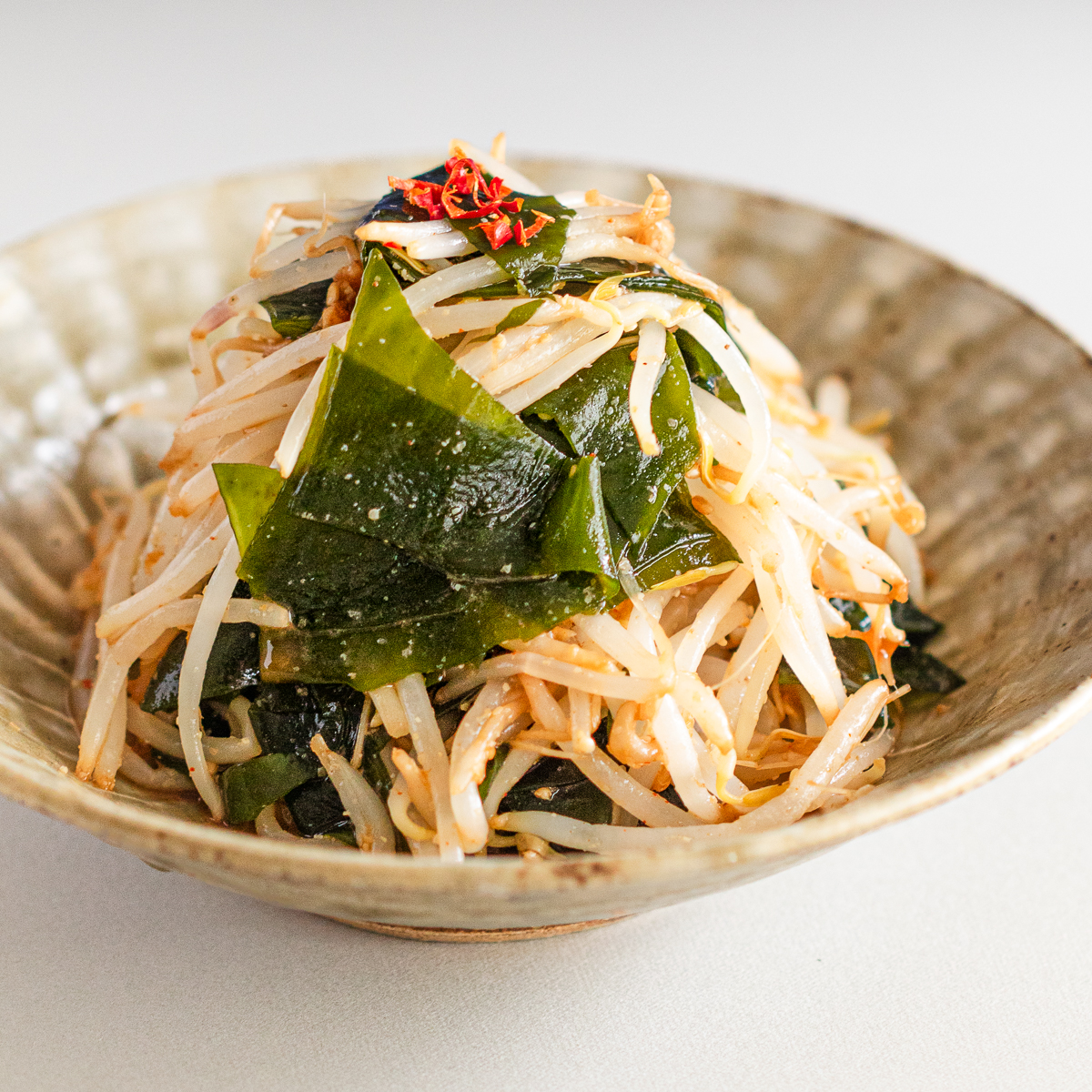
- Chilled Tofu (Hiyayakko):
Drizzle over firm tofu for an easy, satisfying appetizer or snack. The sauce adds a subtle depth without overpowering the tofu’s delicate flavor.
- Tofu and Fresh Greens Salad Bowl:
Drizzle over firm tofu and toss with fresh greens to make a quick, flavorful salad bowl — a protein-packed, hearty vegan meal in just a minute.
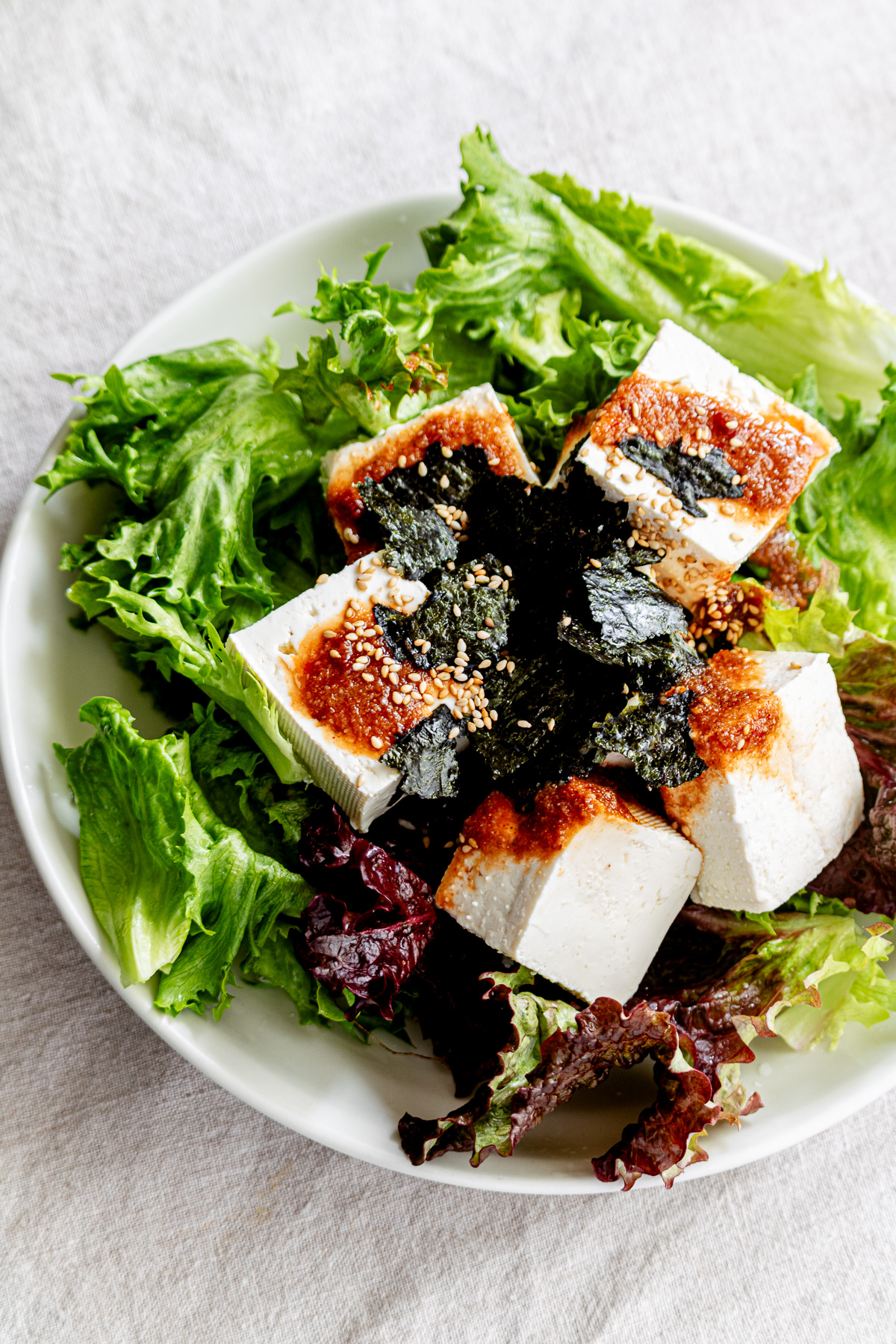
Feel free to experiment—this sauce pairs beautifully with grains, vegetables, or any dish that could use a gentle umami lift.
🫙 Storage & Shelf Life
- Best consumed within 2–3 days for optimal flavor and freshness.
- Store in an airtight container in the fridge.
💭 FAQ
A: You can try substituting with Korean coarse chili flakes and a little miso. It won’t be exactly the same, but it will give a similar depth and mild heat.
A: Yes! Simply reduce the amount of gochujang or skip it entirely for a mild, sweet-savory sauce.
A: Absolutely! It works wonderfully as a dressing for salads, a topping for tofu, or even drizzled over steamed vegetables.

If you try this recipe, please share your thoughts in the COMMENTS 🐒. Also feel free to ask any questions or leave any requests!
🧺 Recipes Using Gochujang
Quick vegan recipes to use up your gochujang without waste:
🌳 For Korean Cuisine Lovers:

💬Did you try this recipe? Let me know how it turned out in the comments— or mention #vegin_vegan_vegun or just tag us @veginveganvegun with your delicious creations!
✏️ Recipe Card|Printable
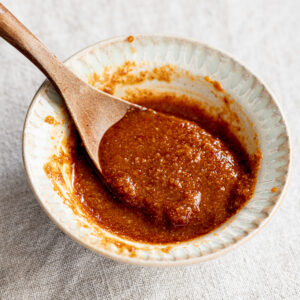
Korean-Style bibimbap Sauce with Gochujang|Mild & Vegan
Equipment
- Bowl
- Spoon
Ingredients
- 2 tablespoon soy sauce
- 2 tablespoon ground sesame seeds
- 1 tablespoon toasted (dark) sesame oil
- 1½ teaspoon sugar
- ½ teaspoon gochujang (Bibigo brand recommended)
- grated garlic (a little, to taste)
Instructions
- Mix the ingredients: In a bowl, combine all the ingredients until smooth.2 tablespoon soy sauce2 tablespoon ground sesame seeds1 tablespoon toasted (dark) sesame oil1½ teaspoon sugar½ teaspoon gochujanggrated garlic
- Taste and adjust: Add a little more soy sauce for saltiness, ground sesame seeds or sugar for sweetness, or gochujang for extra heat, according to your preference.
- Server: Use as a bibimbap sauce or as a dressing for a Korean-style wakame & bean sprout salad. You can also drizzle over tofu and fresh greens for a quick salad bowl.
Notes
- This sauce is versatile: works for rice bowls, tofu salad bowls, and simple Korean-style vegetable salads.
- Store leftovers in an airtight container in the fridge for up to 1 week.
- Adjust garlic and gochujang to match your preferred spiciness.

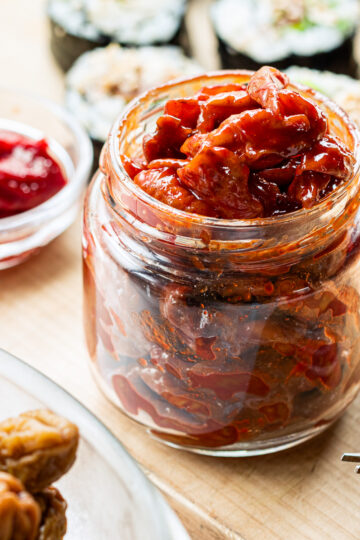
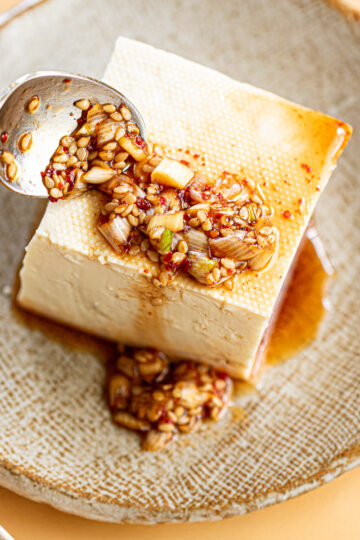
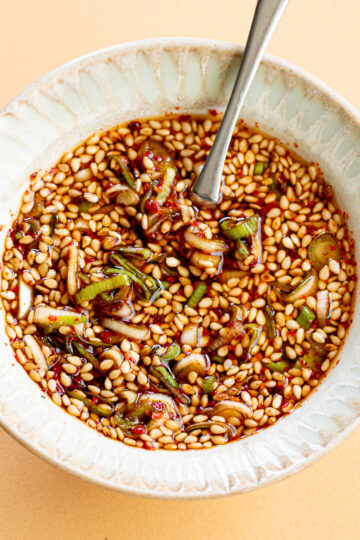
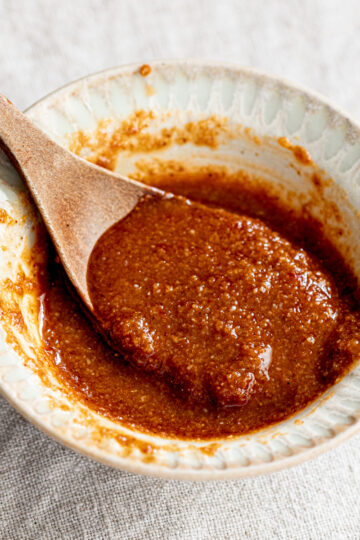
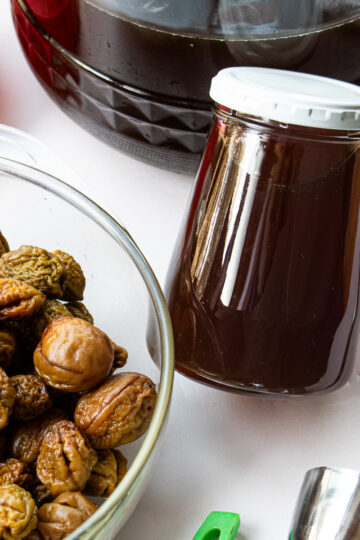

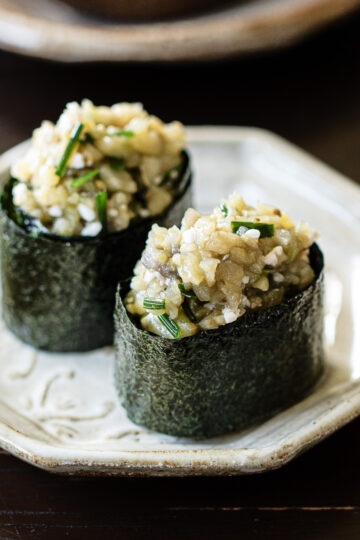

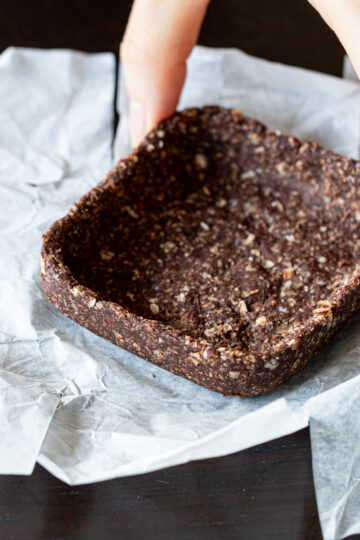
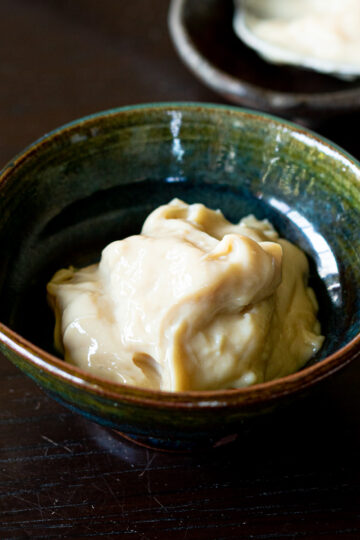
Vegin Vegan Vegun! says
質問やコメントお待ちしています♪